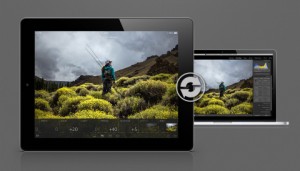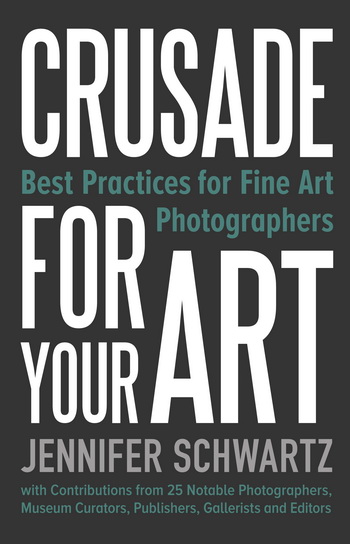When photographer Colleen Duffley launched a 24-hour New Year’s Eve iPhone photo competition for her Studio b creative venue in 2011, she sensed that the 8-megapixel camera in the new iPhone 4S might empower people worldwide to become photographic artists.
Since then, Colleen has created a remarkable “Light Impressions” traveling exhibit that has been documenting the emergence of mobile phone photography as an art movement.
Colleen considers mobile phone photography a “a pure art form” because “It’s more about the creativity than expensive gear or intricate technique.” The fourth edition of the Light Impressions exhibit is on display until February 22, 2015 at the Wynwood Building in the heart of Miami’s Wynwood Art District.
As in previous years, Colleen will be taking the exhibit to sites throughout the U.S. this spring and summer. The Light Impressions installation features 40 iPads mounted on a metal structure made from materials salvaged from some wreckage that Hurricane Opal left on the beach in 1995. Each iPad presents 13 of the best images submitted by a single mobile phone photographer.
As 13 images from each featured artist scrolls across the iPads at different rates, the Light Impressions exhibit makes a powerful statement about how people around the globe are using their mobile phone cameras a means of creative expression.  Colleen Duffley is a professional photographer who shoots, directs, produces creative concepts for magazines, commercials, and campaigns. She has been shooting people, places, and things around the globe for 25 years.
Colleen Duffley is a professional photographer who shoots, directs, produces creative concepts for magazines, commercials, and campaigns. She has been shooting people, places, and things around the globe for 25 years.
Colleen devised the concept for Light Impressions four years ago as a way to display the best images submitted to the New Year’s Eve iPhoneography photo challenge. One of her goals with that first iPhoneography challenge was to level the photo-competition playing field and demonstrate that all people could be creative photographers, even if they didn’t have expensive equipment or extensive training.
“The camera phone was the perfect tool to encourage people to be creative because everyone had one,” explains Duffley. “The camera phone gives us the ability and freedom to be creative 24/7.” She says viewing Light Impressions is like watching a fish tank. It’s mesmerizing: “It’s hard to walk away from it.”
“Mobile phone photography is still an emerging art form,” says Duffley. “People are going to be astounded when they see what is being done in this movement. All of the work displayed on the Light Impressions exhibit was done on a mobile phone camera — from the capture of the image to its processing and publishing. It’s really mind-blowing and wonderful.”
Duffley mounted the iPads in aged, weather-beaten metal that she discovered on the beach. As an art installation in itself, Light Impressions illustrates the timeless nature of photography as an art. While photography technology has changed over time, the magic of photography as an art form remains solid. Plus, she says “Mobile phone photography has a ‘found-art’ sensibility to it, and what better way to frame it than on repurposed materials?”
The first three editions of Light Impressions traveled to art fairs, museums, and events nationwide. It has been exhibited twice in Miami during the Art Basel week. In March, the new exhibit will be featured at Duffley’s new Studio b site in Florida and at a photography event in Washington, DC at the end of March.
When curating the 2015 Light Impressions exhibit, Duffley chose portfolios that represented a mix of styles, subject matter, and processing techniques. Some images illustrate the creative use of processing apps. Other images are shown almost exactly as the photographer shot them, with only minor tweaks. You can learn more about the artists, the images, and the apps they used in a special book Duffley produced for this year’s exhibit. 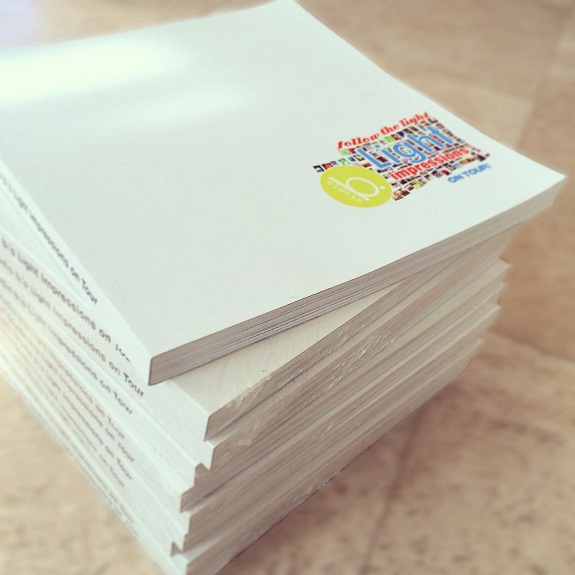
Teaching Mobile Phone Photography
Duffley, who has taught university-level courses in traditional photography, enjoys teaching classes in mobile phone photography. Within a few hours, students go from knowing very little about photography to being eager to experiment with all of shooting and processing tools that are literally at their fingertips.
One participant in a recent class was the editor of a magazine that publishes some of Duffley’s editorial photography. The editor has since invited Duffley to teach other members of the magazine’s editorial staff how to shoot better pictures with their mobile phones.
For her own iPhone photography work, Duffley prefers composing and shooting great images right in the camera. After spending hours editing the images she captures for editorial and advertising clients, she likens using an iPhone to using a Polaroid camera. When she frames a shot, she thinks about composition, lighting, form, texture, and line — all the things that have always gone into making a great photo, painting, or illustration.
She encourages students to “Take responsibility for what you’re shooting. When you have a good image to start with, you do what you want with it–the app is your oyster.”
Even though Colleen uses a high-end Canon DSLR for her commercial projects, she doesn’t treat her mobile phone camera with any less respect. In fact, some of the images she has shot with her iPhone have been published alongside the images she shoots with her DSLR.
The Resurgence of Studio b
As an editorial photographer, Colleen has traveled around the world, befriended fascinating people, and enjoyed some remarkable adventures. To enable others to experience the same kinds of unique experiences, Duffley founded Studio b in Alys Beach, Florida in 2009. She established it as a creative venue that would bring together the best of the best and the up-and-coming in photography, art, literature, fashion, design, music, and the culinary arts to educate and inspire artists and students. Studio b also hosts and co-sponsors events throughout the U.S. and in Italy, Ireland, and exotic locations around the globe.
Unfortunately, the timing for Studio b’s launch was less than ideal. Just as the economy was slowly starting to recover from the Great Recession of 2008, The Deepwater Horizon oil spill in the Gulf of Mexico in 2010 temporarily decimated the tourism industry on the Gulf Coast.
So Duffley closed Studio b for a while and re-focused her energies on her photography business, Colleen Duffley Productions. Now that the economy and tourism industry are rebounding, she is preparing to re-launch Studio b in a different location on Florida’s Emerald Coast this spring.
On the Run Website
Colleen Duffley is also launching a new website, through which people can order metal prints of some of Colleen’s best iPhone images. When she travels on assignments for commercial projects, she carries her iPhone when she goes for long runs to relax and unwind. “When you run or bike, you get a different perspective on your surroundings,” said Duffley.She is calling her the website “On the Run” because “It’s just me capturing the world on the run.”
The Rising Quality of Mobile Phone Photography
As she curates each Light Impressions exhibit, Colleen Duffley said she is amazed to discover the many different ways people have come to the medium of mobile phone photography and embraced it as a tool of creative expression.
Over the years, the number and quality of entries she receives for the Light Impressions display has steadily risen. While some of that is due to technological advances in smartphone cameras and apps, Colleen says the community of mobile phone photographers is exceptionally collaborative and supportive of one another.
She said the artists featured in the Light Impressions exhibit are doing amazing things with their mobile phone photography: “It’s an amazing art form, and some people are making a good living selling prints of their mobile-phone photographs.”
RELATED POST
Ring in a Creative New Year with Studio b’s Camera Phone Event
LINKS
Studio b: Light Impressions-Profiles of the Featured Artists
Studio b Boutique: The Light Impressions On Tour Book
Colleen Duffley Productions
Facebook: Studio b.the Beach Studio b

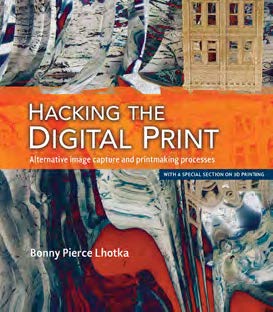
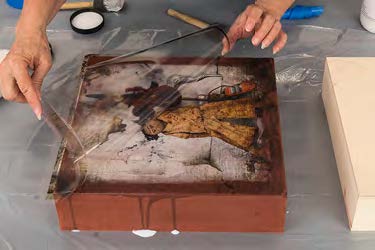






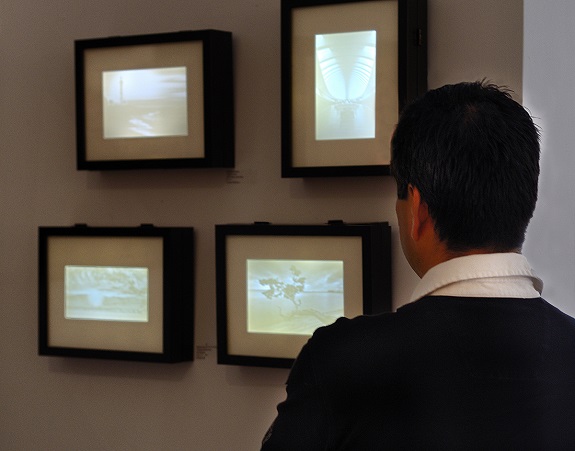

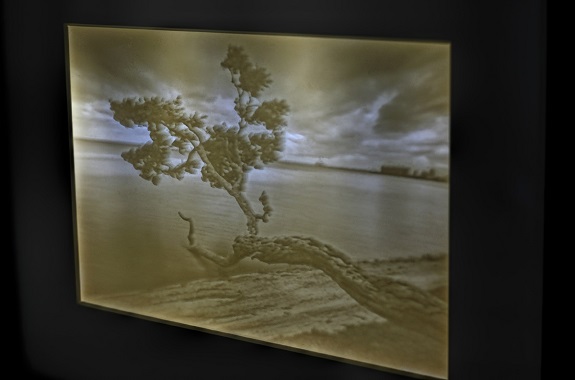

![Adobe_2014_CC_Release[1]](https://creativesatworkblog.com/wp-content/uploads/2014/06/Adobe_2014_CC_Release1-300x300.jpg)
![Adobe-CCDesktopApps[1]](https://creativesatworkblog.com/wp-content/uploads/2014/06/Adobe-CCDesktopApps1.jpg)
